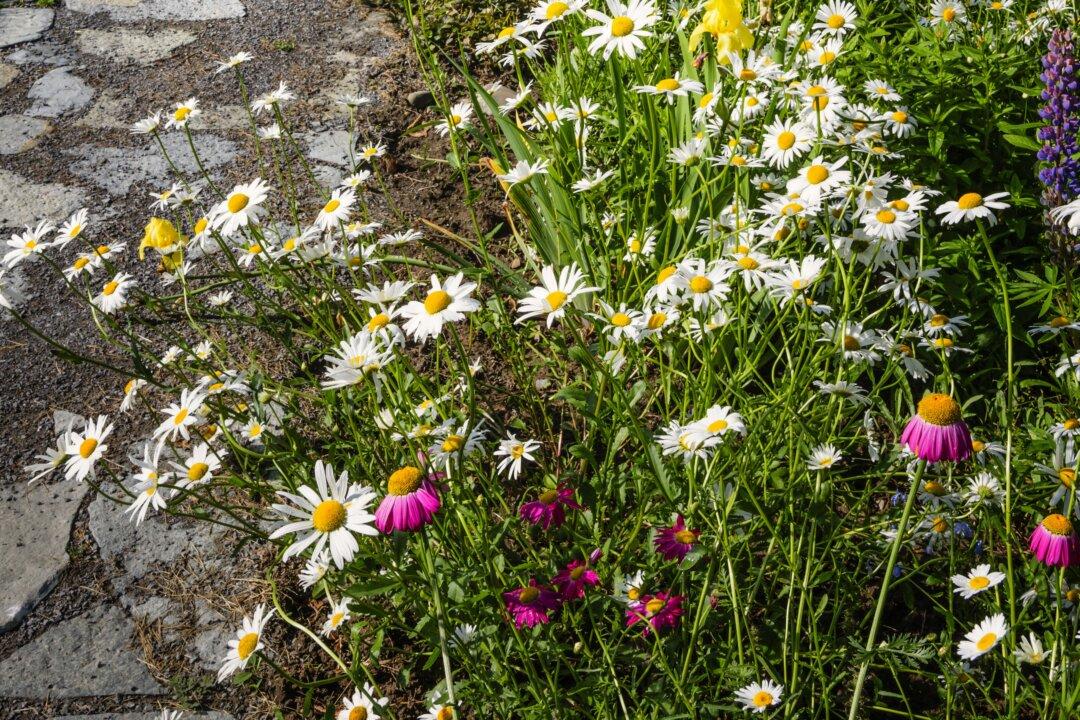Wildflowers are wondrous additions to any yard, as they tie even the most formal garden to the natural environment. It’s a strong case of “plant it and they will come.” Even a small area of wildflowers will soon be filled with birds, pollinators, and other local wildlife, adding yet more color and variety to the view.
And yet, wildflower gardens seem like a contradiction in terms. If plants grow wild, how can they be tamed into showpieces in a residential space?





